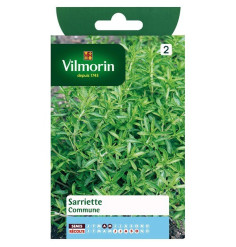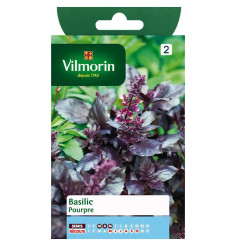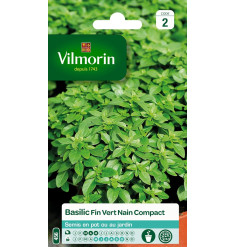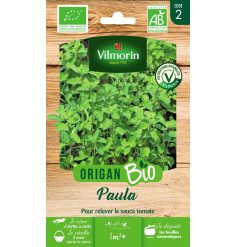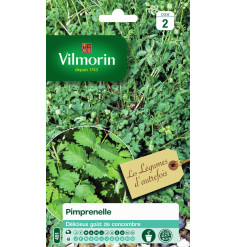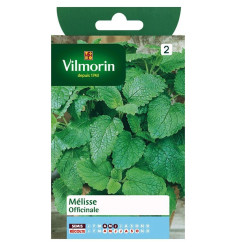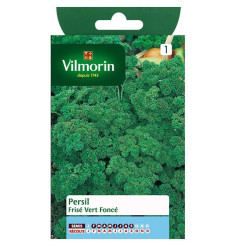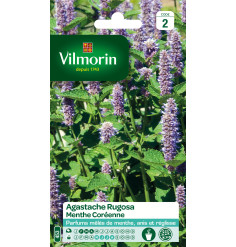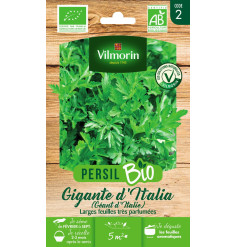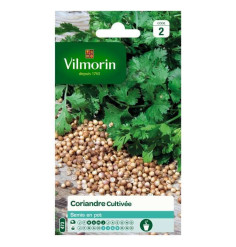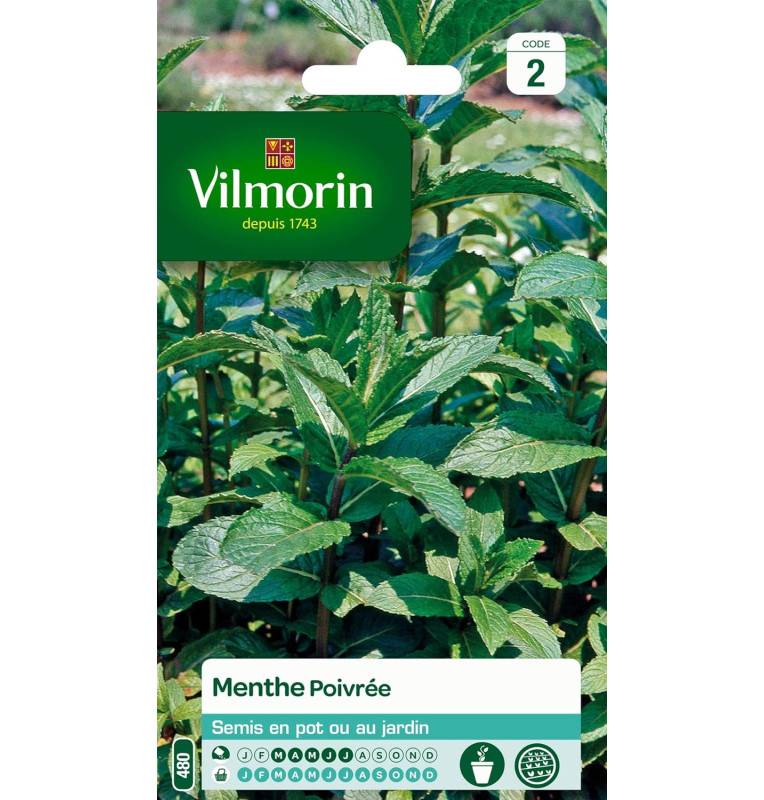

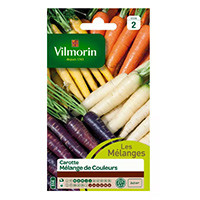
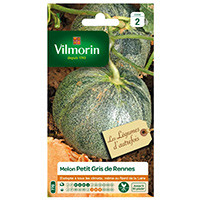
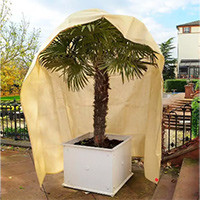

The mint whose name comes from Greek mythology has never ceased, since that distant time, to feature prominently in cookbooks and pharmacopoeia.
Mint is to be discovered on strawberries or pineapple to which it brings a real freshness. It is also ideal for summer grills.
Description:
The mint whose name comes from Greek mythology has never ceased, since that distant time, to feature prominently in cookbooks and pharmacopoeia.
Mint is to be discovered on strawberries or pineapple to which it brings a real freshness. It is also ideal for summer grills.
Culinary tip:
Mint is to be discovered on strawberries or pineapple to which it brings a real freshness and new flavors.
With a few chiseled leaves in a yoghurt, it is also ideal to accompany summer grills.
Soil tip:
To have a second crop, you can cut the plants to the ground.
Mint likes shady exposure and rather moist soils.
Culture advice:
1. Sows: Sow from March to July in pots or planters placed on sunny exposure and cut the soil.
2. Transplanting: In the fall, replant the strongest plants still in pots.
3. Harvest: Harvest the leaves all year round. You can grow peppermint directly in your garden in a shady location.
Plants:
Mint likes the proximity of cabbage because it promotes its growth and enhances its flavor.
The stages of sowing:



The mint whose name comes from Greek mythology has never ceased, since that distant time, to feature prominently in cookbooks and pharmacopoeia.
Mint is to be discovered on strawberries or pineapple to which it brings a real freshness. It is also ideal for summer grills.


